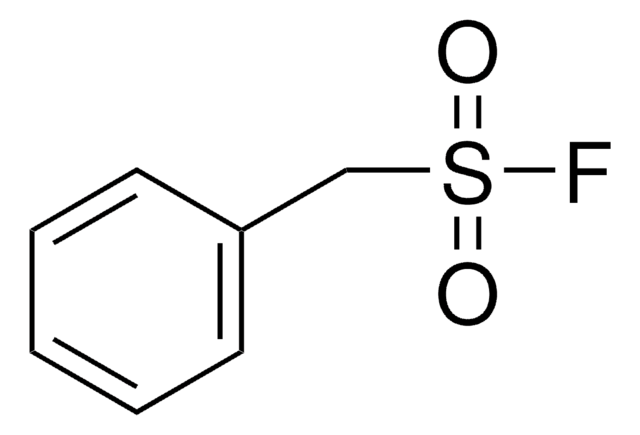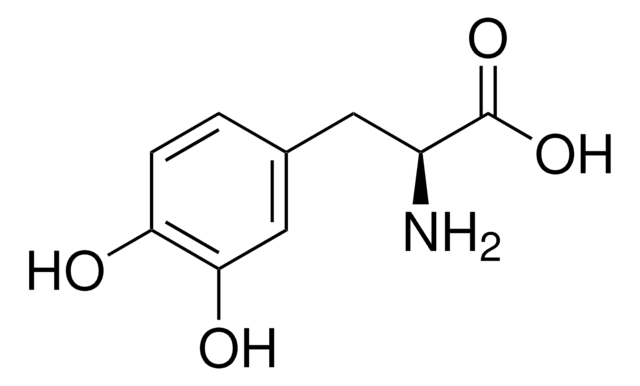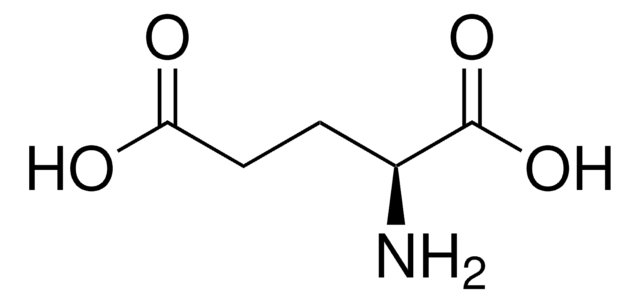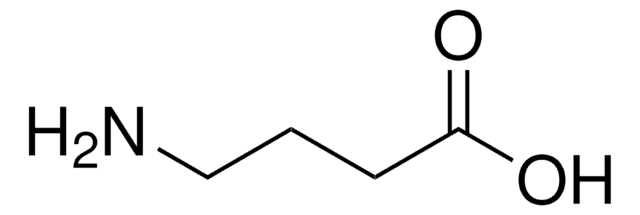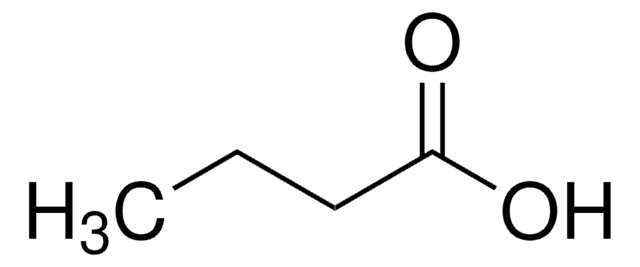P7627
6-Phosphogluconic acid barium salt hydrate
Grade VI, ≥90%, powder
Synonym(s):
6-PG-Ba, D-Gluconate 6-phosphate barium salt
About This Item
Recommended Products
biological source
synthetic (organic)
type
Grade VI
Assay
≥90%
form
powder
color
white
storage temp.
−20°C
SMILES string
[O-]P(OC[C@@H](O)[C@@H](O)[C@H](O)[C@@H](O)C([O-])=O)([O-])=O.[H]O[H].C
InChI
1S/C6H13O10P.CH4.H2O/c7-2(1-16-17(13,14)15)3(8)4(9)5(10)6(11)12;;/h2-5,7-10H,1H2,(H,11,12)(H2,13,14,15);1H4;1H2/p-3/t2-,3-,4+,5-;;/m1../s1
InChI key
VINGHIAQWNFZIR-ZBHRUSISSA-K
Looking for similar products? Visit Product Comparison Guide
General description
Application
Preparation Note
Other Notes
Signal Word
Warning
Hazard Statements
Precautionary Statements
Hazard Classifications
Acute Tox. 4 Inhalation - Acute Tox. 4 Oral
Storage Class Code
6.1C - Combustible acute toxic Cat.3 / toxic compounds or compounds which causing chronic effects
WGK
WGK 3
Flash Point(F)
Not applicable
Flash Point(C)
Not applicable
Personal Protective Equipment
Choose from one of the most recent versions:
Certificates of Analysis (COA)
Don't see the Right Version?
If you require a particular version, you can look up a specific certificate by the Lot or Batch number.
Already Own This Product?
Find documentation for the products that you have recently purchased in the Document Library.
Our team of scientists has experience in all areas of research including Life Science, Material Science, Chemical Synthesis, Chromatography, Analytical and many others.
Contact Technical Service